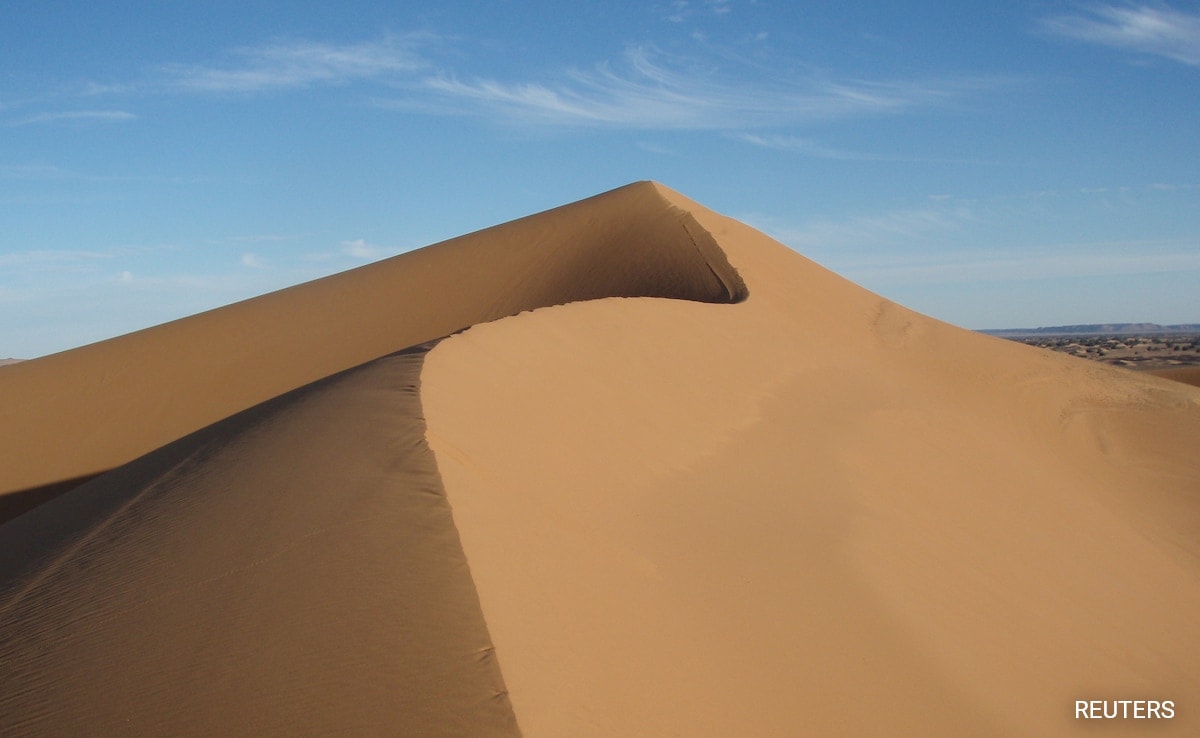
The scientists used a technique called luminescence dating to work out the age of the star dune
In a groundbreaking study, researchers have finally solved the mystery surrounding the age of Earth’s largest sand dunes. According to BBC, these dunes also called ‘Star dunes’ or ‘pyramid dunes’ are named after their distinctive shapes and reach hundreds of metres in height. They are widespread in deserts including the sand seas of Africa, Arabia, China, and North America, as well as on Mars and Saturn’s moon Titan.
Prof Geoff Duller of the Department of Geography and Earth Sciences at Aberystwyth said, ”They are extraordinary things, one of the natural wonders of the world. From the ground, they look like pyramids but from the air, you see a peak and radiating off it in three or four directions these arms make them look like stars.”
Now, researchers have estimated the age of one such star dune called Lala Lallia in Morocco, for the first time. The scientists used a technique called luminescence dating to work out the age of the star dune. The method calculates when the grains of sand were last exposed to daylight.
For the study, the research team from the UK travelled to the southeast of Morocco to examine the 100-meter-high and 700-meter-wide Lala Lallia. They discovered that the very base of the dune was 13,000 years old, but the upper part of the structure had only been formed in the last 1,000 years or so, The Guardian reported. The dune took 900 years to form, growing by 6,400 metric tonnes every year. After its initial formation, it stopped growing for about 8,000 years and then quickly expanded in the past several thousand years.
These findings, according to researchers, support the theory that the star dune’s formation was accompanied by a change in wind direction over the years.
Birkbeck University’s and fellow study co-author Charlie Bristow explained, ”Star dunes are formed in areas with complex wind regimes, which means winds blowing from different directions, and net sand accumulation, points within the desert where big piles of sand can be blown around to form giant dunes. They form extraordinary and awe-inspiring landscapes… From the ground they can be intimidating, mobile mountains of sand.”




